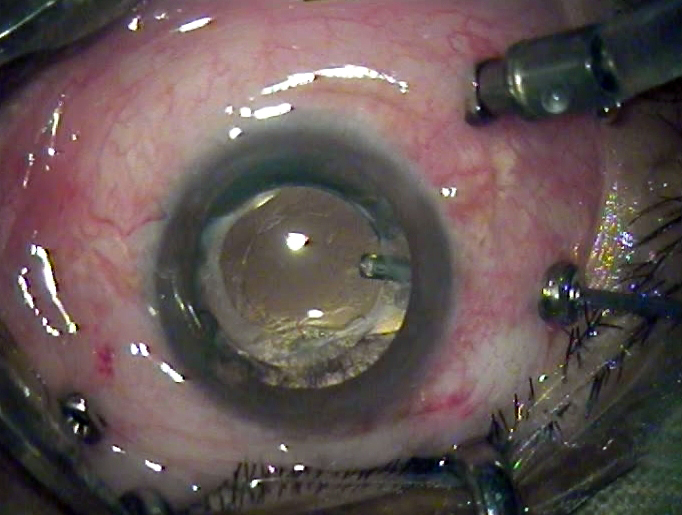 |
|
A study recently pinpointed risk factors for poor visual outcomes post-vitrectomy. Photo: Wikimedia Commons/Journal of Ophthalmology, Liu X et al. Click image to enlarge. |
To minimize vision loss in diabetic retinopathy (DR), surgical intervention is often required. While systemic conditions and preoperative ocular findings are known prognostic factors, a recent study used pre- and intraoperative findings and systemic factors to train and validate machine learning models to predict visual outcomes in these patients.
A team of researchers recently analyzed one-year visual outcomes in 1,504 eyes with type 2 diabetes that underwent vitrectomy for proliferative DR and assessed correlated systemic prognostic factors. Demographics, laboratory results, intraoperative findings and visual acuity (VA) values were analyzed and correlated with visual outcomes at one year post-vitrectomy. The machine learning models trained using these factors could predict poor visual outcomes at one year after vitrectomy with an accuracy of up to 0.77.
The poor visual outcome group with VA 1.0 logMAR or greater consisted of 30% of the eyes. Factors such as baseline VA, duration of diabetes treatment, tractional membrane, silicone oil tamponade, smoking and vitreous hemorrhage correlated with logMAR VA at one year.
Vitrectomy for DR significantly improved visual outcomes, thereby enhancing the quality of life of patients with proliferative DR.
“Nonetheless, some patients do not experience improvements in vision and may persist at the level of legal blindness even after surgery,” the authors wrote in their paper published in Translational Vision Science and Technology. “Knowing risk factors for poor visual outcome and developing a prediction model for patient stratification may be of great help in reducing blindness caused by complications of type 2 diabetes.”
Lee SS, Chang DJ, Kwon JW, et al. Prediction of visual outcomes after diabetic vitrectomy using clinical factors from common data warehouse. Transl Vis Sci Technol. 2022;11(8):25. |

